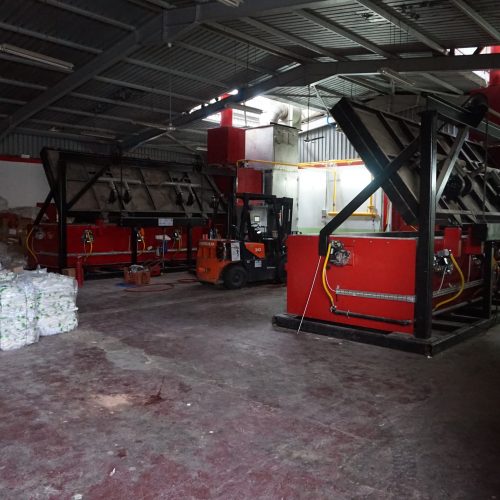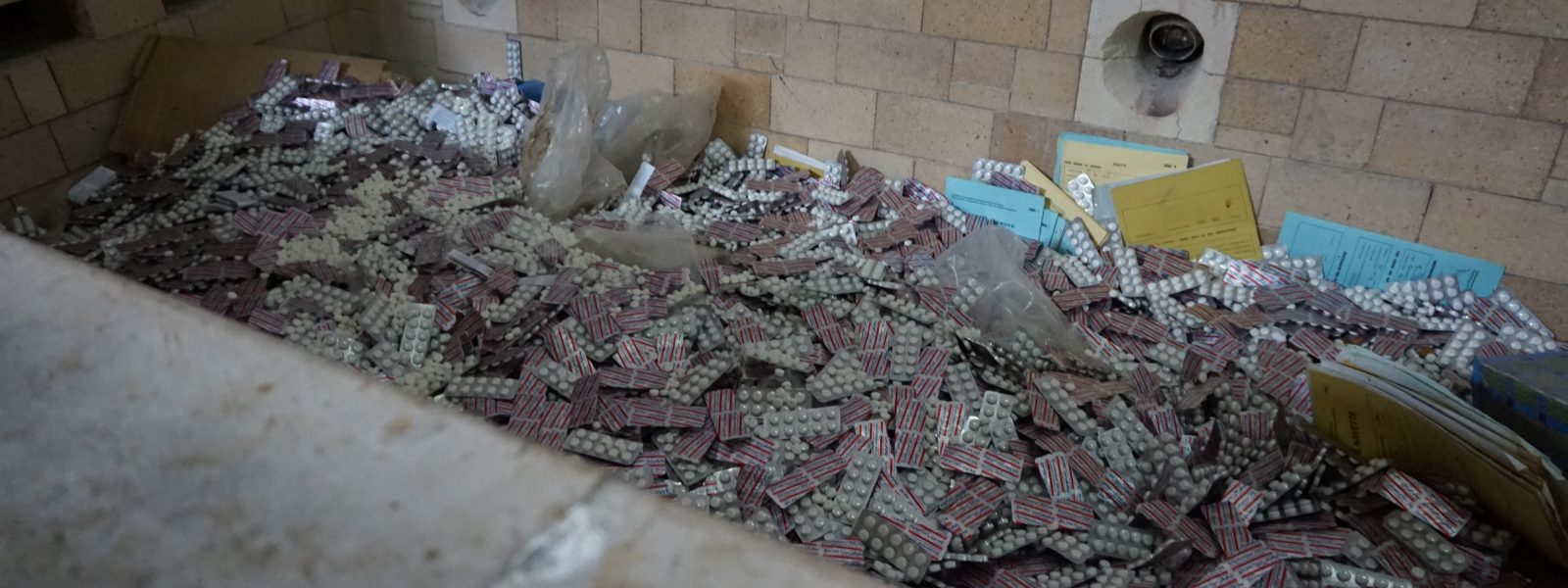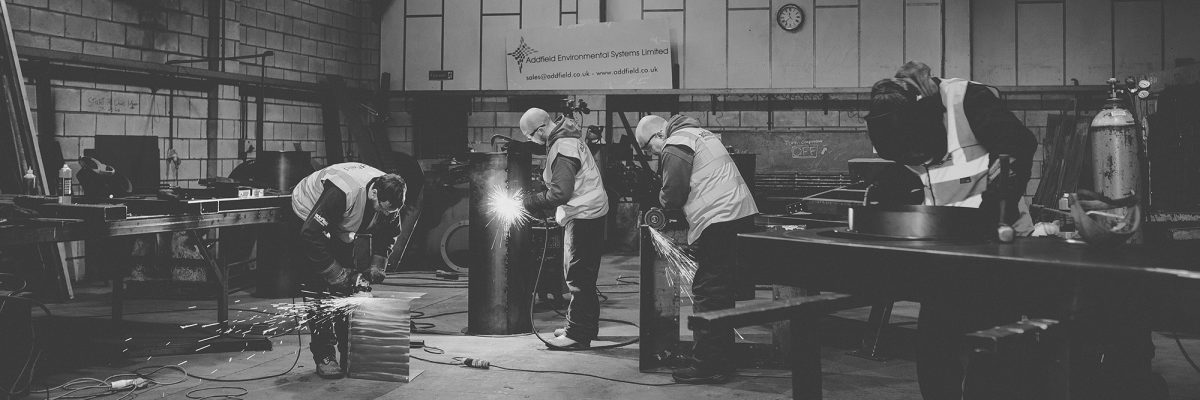Client Overview
Stidest specialises in the collection, treatment and incineration of waste. Their main groups are pharmaceutical, veterinary, medical and paramedical. This usually consists of expired drugs, waste with a risk of infection and general medical waste you would expect to find at a hospital.
Stidest’s main asset was their incinerators, but the ones they had from an Addfield competitor were unfit for purpose. So much so that they were later taken off the company’s website and ceased selling the machine.
An incinerator is needed
As Algeria’s leading waste management company, they needed machines that were able to cope with the large capacity of waste that would be incinerated each day which averages 500 yellow bags (clinical waste) and 200 red bags (biomedical waste). Addfield suggested our one of our larger incinerators, the TB-AB-MAX, for the general medical waste and the MP-500 for high moisture biomedical waste.
The importance of Incineration
Incineration is a vital way of disposing of medical waste due to the following:
Infection can easily be spread between animals and humans if the waste is not disposed of appropriately.
Medical waste can be highly toxic, so contact with it should be as limited as possible.
Injuries often occur in countries where it is the norm to forage through waste for potential valuables.
Medical waste often contains chemicals that can be harmful to the environment when accumulated.
Advantages of using Addfield Incinerators
Addfield provided a range of scrubbers which are used with the machine to further reduce emissions from the incinerator, making it exceptionally environmentally friendly.
Unrivalled experience that has been nurtured through hands-on experiences, such as commissioning machines on site.
All Addfield ranges are specifically designed for their intended use to ensure that the highest efficiency is gained for the waste type.

Which incinerator
The TB-AB-MAX has a huge capacity of 4000kg and an equally remarkable burn rate of 250kg to 500kg per hour, depending on the calorific nature of the waste. This is controlled by our unique air control system and an intelligent PLC controller that can independently modulate individual burners, ensuring a stable and controlled burn process.
The MP-500 is specifically designed for high moisture and/or low calorific waste such as human organs, blood and swabs – a traditionally hard-to-burn waste group. Hot hearth technology utilises a twin burner system for the complete oxidation of waste. It operates by a hearth (or underfloor) burner superheating the silicon carbide tiles on which the waste sites.
Feedback
Stidest was so impressed with the designated engineer’s work that the manager wrote him a letter to ‘express his sincere gratitude and congratulations’ as he ‘appreciated the diligence and dedication with which the engineer has conducted’ and he had ‘shown in addition to your skills, excellent responsiveness by adapting very quickly to what was asked’. Finally, he stated he could ’call on his cooperation in confidence, with the assurance of quality work, respecting deadlines’, which is exactly what Addfield aims to achieve.



